The things that you dont know in Aklan
1.Motag living Museum is the number 1 ranked attraction in Aklan
They say we cannot bring back the past, well not for MOTAG LIVING MUSEUM
The Motag Living Museum is an interactive museum where one can experience rural life before machinery was introduced.
 |
| ploughing the field before sowing |
You'll never know how fun this coud be unless you try :) get messy and have fun!!
You will heard folk songs that are not even written in history books, you will welcome in a house built without using nails,and get serve with native delicacies.
2. Hike through a mangrove forest in Bakhawan Eco-Park,
where you’ll find mangrove forests intact.
The Katunggan It Ibajay Eco-Park, look for the centuries-old mangroves, the biggest of which is 20 meters tall and eight meters in circumference.

Did you know that???
Guimaras Island is located between the islands of Panay and Negros in the Western Visayas region.
3. Did you know the second oldest Lighthouse?
Its an 18th century Spanish lighthouse and the second oldest in the country.
 |
| Guisi Lighthouse |
Before you will reach the lighthouse to the top you still need to make a fifteen minute trek up the hill.
Climb carefully because its rusty and have spiral staircase.
You’ll get a beautiful, sweeping view of the Guimaras strait.
4. Did you know a house that built on top of a rock??
Roca Encantada means ‘Enchanted Rock’. The resthouse was built in 1910
According to an article, the exterior façade of the house resembles a palatial manor, but in reality, the space inside the house isn’t any bigger than the average two or three-bedroom condominium.
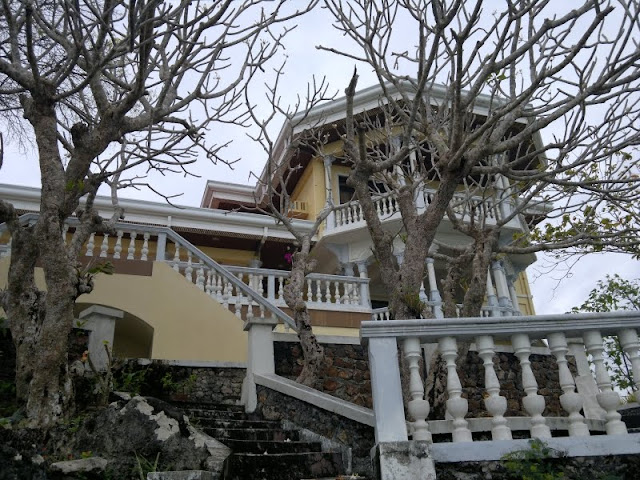
However, the house still deserves a tour of its own as it’s a heritage house as declared by the National Heritage Institute.
What you didnt know about Antique??
5. Bugtong Bato
Did you know that the town of Tuno are the seven waterfalls of Bugtong Bato, a hidden attraction behind steep ravines and large boulder formations.The name ‘Bugtong Bato’ refers to a huge rock found a few meters away from the first of the seven falls. It usually goes unnoticed due to a tree that grew on top of it.
The first of these multi-tiered waterfalls is not very tall but packs a powerful cascade of water that creates a pool that’s about knee to waist-deep.
After the stairs, one must climb a rope to reach the second waterfall’s side and then rappel going down. This routine will be the same for the remaining five waterfalls.

As it is truly one of a kind, the locals ensure that Bugtong Bato is preserved and protected from destructive practices like illegal logging.
referencese
http://aklan.gov.ph/
http://itsmorefuninthephilippines.com/aklan/
http://itsmorefuninthephilippines.com/antique/
http://itsmorefuninthephilippines.com/guimaras/











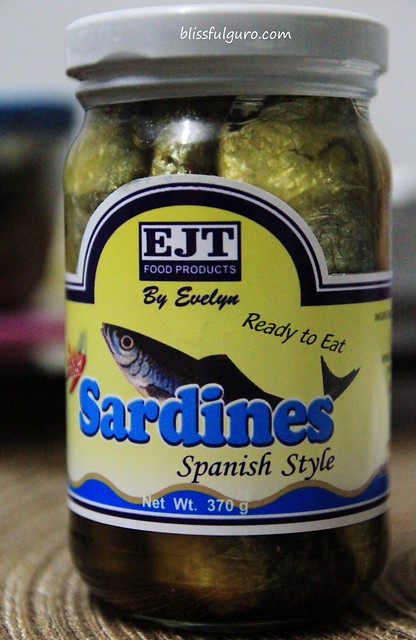

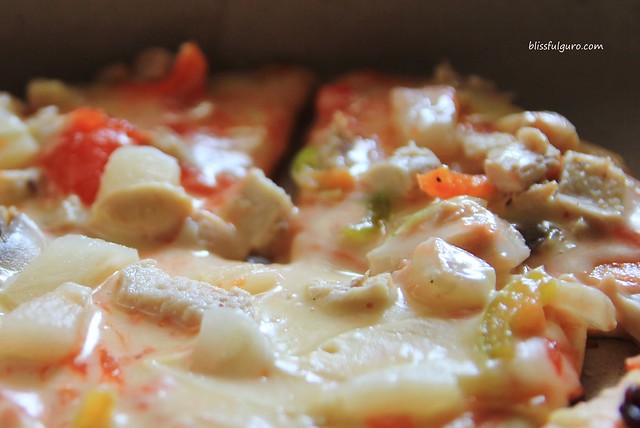 \
\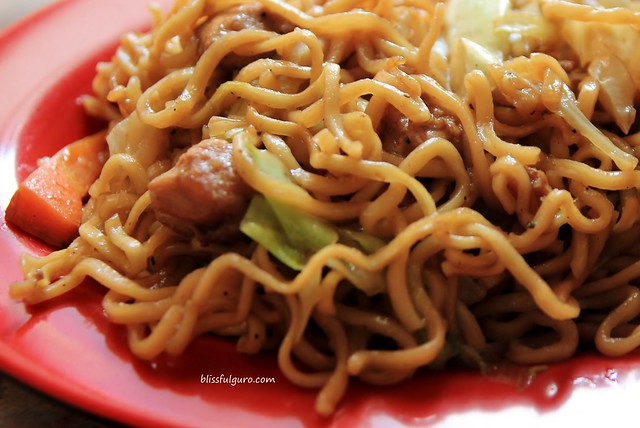






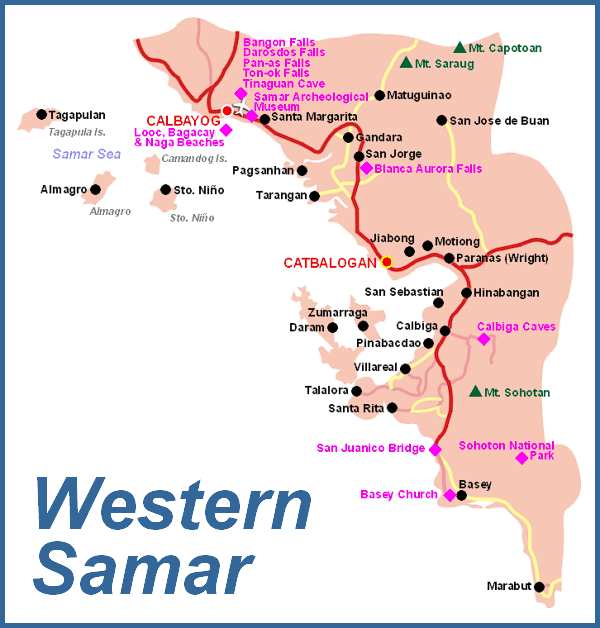
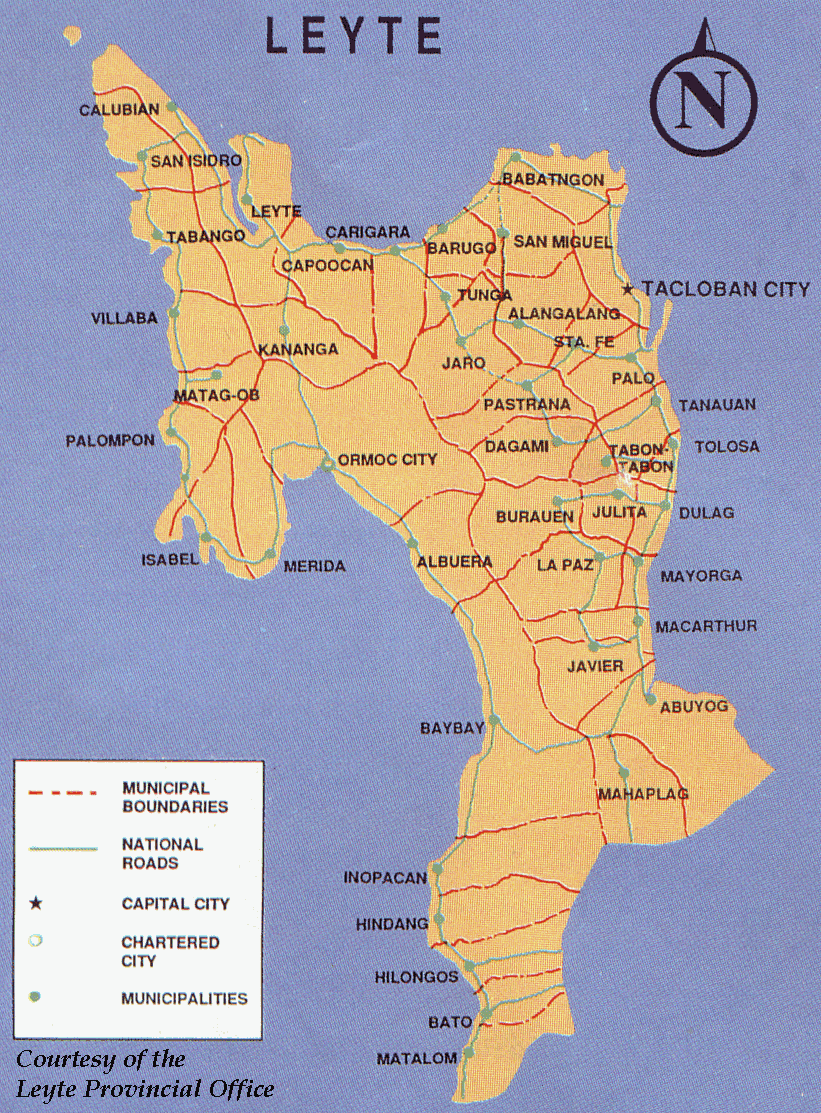

















.png)

